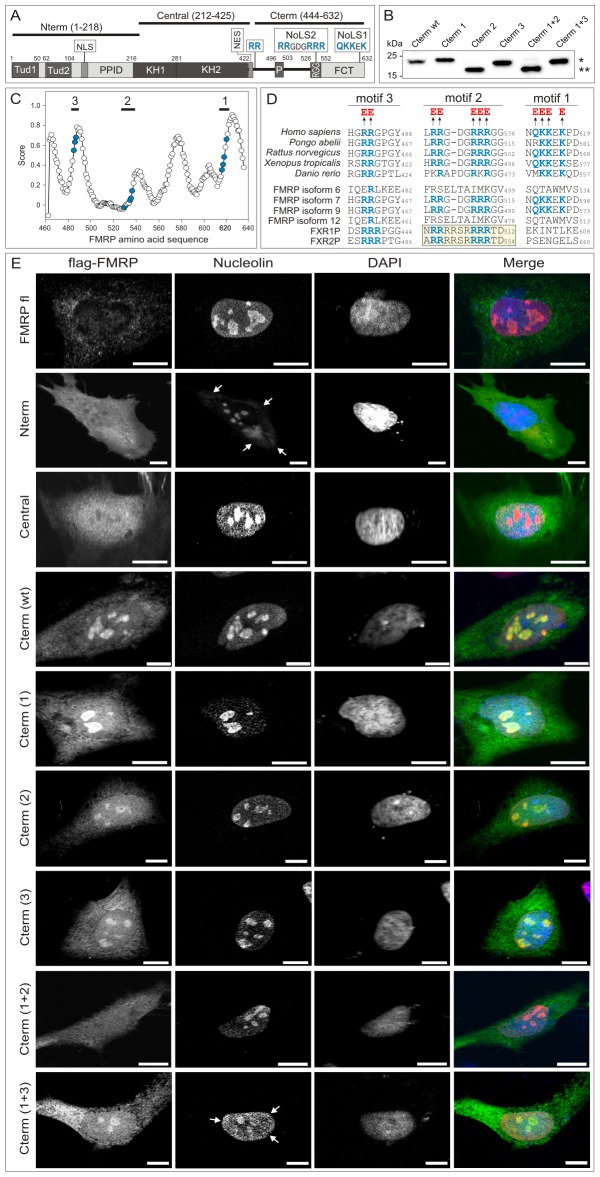Figure 4. The C-terminal region of FMRP contains evolutionary conserved nucleolar localization signals.
(A) Domain organization and motifs of FMRP. Schematic diagram of FMRP architectures highlights major domains and motifs. FCT, FMRP C-terminus; KH1 and KH2, tandem K (described first in the hnRNP K protein) homology domain; NES, nuclear export signal; NLS, nuclear localization signal; NoLS, nucleolar localization signal; PPID, protein-protein interaction domain; RGG, arginine-glycine-glycine region; P, phosphorylation sites; Tud1 and Tud2, tandem Tudor (also called Agenet) domains. The C-terminal region (Cterm; aa 444–632) of FMRP contains two NoLSs, identified in this study. Two further FRMP fragment used were Nterm (1–218) and a Central region (212–425). (B) Overexpression of the Cterm wild-type (wt) and its variants on HeLa cells. Cterm 1: QKKEK changed to EEEeE; Cterm 2: RRGDGRRR changed to EEgdgEEE; Cterm 3: RR changed to EE; Cterm 1+2: a combination of Cterm 1 and 2 mutations; Cterm 1+3: a combination of Cterm 1 and 3 mutations. Cterm 2 and Cterm 1+2 revealed a change in protein mobility (**) as compared to the wild-type and the other variants (*). (C) NoLS prediction of FMRP Cterm using the NoLS predictor program [58]. Graph shows the probability of NoLS distribution (represented by score) plotted against the amino acid sequence of FMRP Cterm (444–632). Three motifs and critical positively charged residues are marked blue. (D) Multiple sequence alignment of the three predicted NoLS motifs 1, 2, and 3 of FMRP Cterm from different species (upper panel) as well as FMRP transcripts and homologous proteins (lower panel). Basic residues (blue), which are changed to glutamic acids (red) are highlighted. Upper panel: FMRP sequences from different species are human (accession number 544328), orangutan (197102198), rat (30794228), frog (53749722) and zebrafish (23308667). Lower panel: FMRP transcripts and homologous proteins are transcript 6 (297374777), 7 (297374779), 9 (297374791) and 12 (297374789) as well as FXR1P (61835148) and FXR2P (259013556). (E) Nucleolar localization of FMRP. cLSM images of HeLa cells transfected with FMRP fl, Nterm, Central, Cterm (wt) and Cterm variants (anti-flag; green channel) costained with endogenous nucleolin (anti-nucleolin; red channel) and DNA (DAPI; blue channel) revealed that Cterm (wt), (1), (2), (3) and (1+3) colocalize with nucleolin in the nucleolus. In contrast this colocalization was absent in the case of Cterm (1+2). Cytoplasmic distribution of FMRP Nterm and the subnuclear distribution of endogenous nucleolin are highlighted by arrows. Scale bar: 10 μm.

